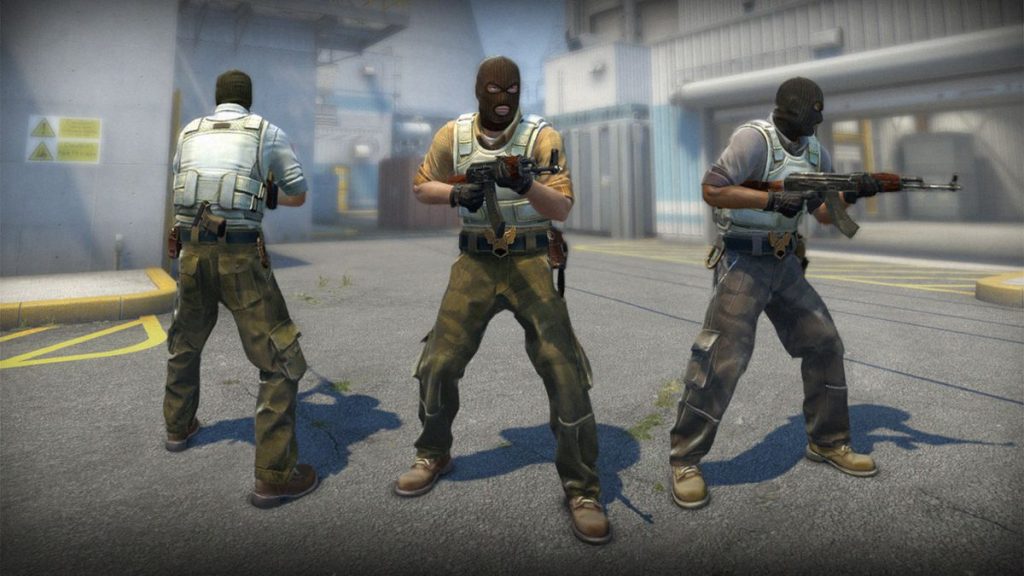Counter-Strike 2 CS2 has gained immense popularity since its release, drawing a massive player base eager to experience the iconic tactical shooter in its new iteration. However, despite the game’s visual upgrades, smooth mechanics, and engaging gameplay, many players have encountered a persistent issue that disrupts the gaming experience – lag spikes and rubberbanding during peak hours. These issues are particularly prominent in online multiplayer matches, where players rely on a stable connection to execute precise movements, shoot accurately, and respond to in-game events in real-time. Lag spikes occur when the delay between a player’s action and the server’s response increases dramatically, often leading to a temporary freezing or stuttering of the game. Players may suddenly experience sharp interruptions, even if their internet connection remains stable. Rubberbanding, on the other hand, is a phenomenon where characters or objects in the game seem to snap back or jump around erratically, as if caught in a stretched rubber band.

This happens because the player’s movements are delayed or not registered in real-time, causing the character to warp back to a previous location after lag occurs. These issues are most prominent during peak hours, typically when the game’s servers experience a surge in traffic. As CS2 is a multiplayer game, its reliance on server stability is critical to ensuring smooth gameplay. During periods of high demand, such as evenings or weekends, when a large number of players are online, the servers can become overloaded, resulting in increased latency and less responsive gameplay. The lag and rubberbanding issues are exacerbated in regions where the servers may be underpowered or not optimally distributed to handle the influx of users. The core problem often lies in server-side limitations. When the server struggles to manage the vast number of players, data packets sent between the player’s computer and the server may become delayed or lost. This creates discrepancies in player positioning, actions, and the overall synchronization of the game environment.
A player might appear to have shot an opponent, but the server’s delayed response might not register that shot in time, leading to a frustrating experience. Similarly, rubberbanding can cause a player’s position to jump unpredictably, making it difficult to aim, navigate, or react to enemy movements. Another potential cause of these issues is the client-side performance of the game, which can be impacted by the player’s hardware and network configuration. While some players may experience smoother gameplay due to a robust internet connection and high-performance computers, others with less powerful systems or slower internet connections may struggle to maintain stable connections during peak hours. This disparity often highlights the importance of network optimization in modern multiplayer games. Players with lower bandwidth or high ping rates are more likely to experience noticeable lag or rubberbanding, which can lead to a significant disadvantage in competitive play. To address these issues, developers must prioritize server scalability and optimization.
